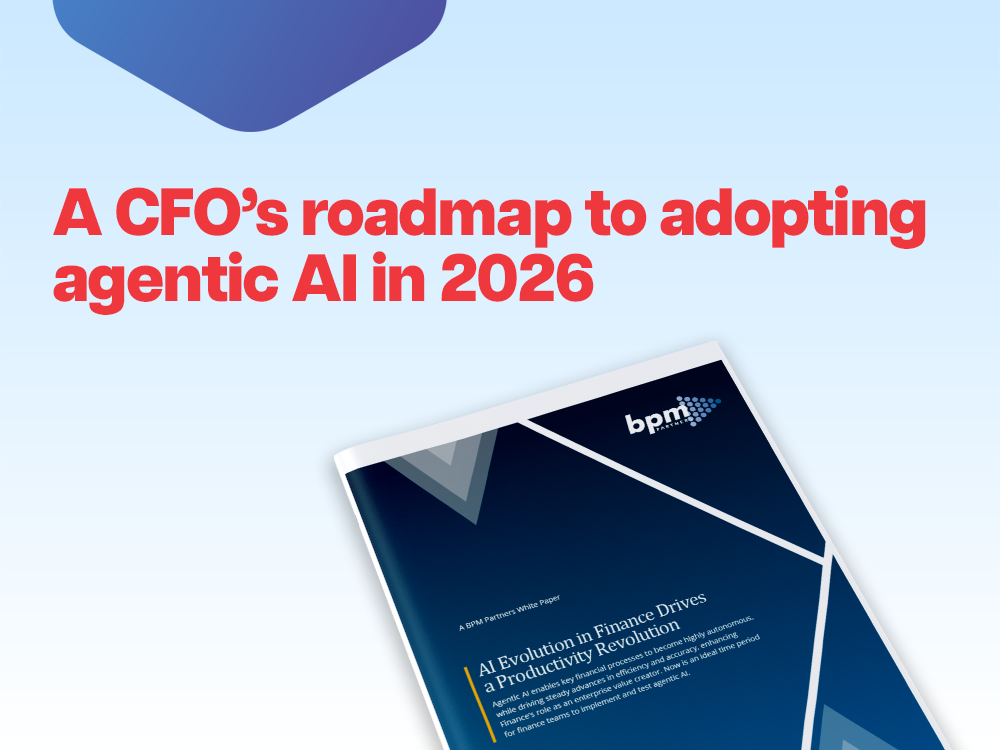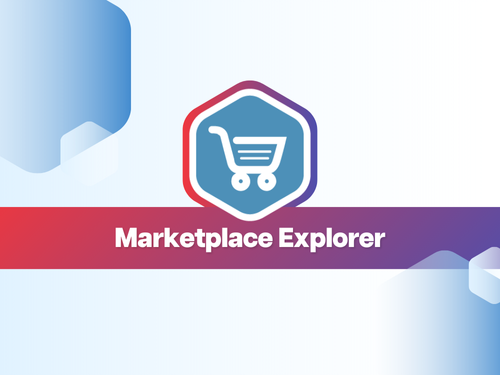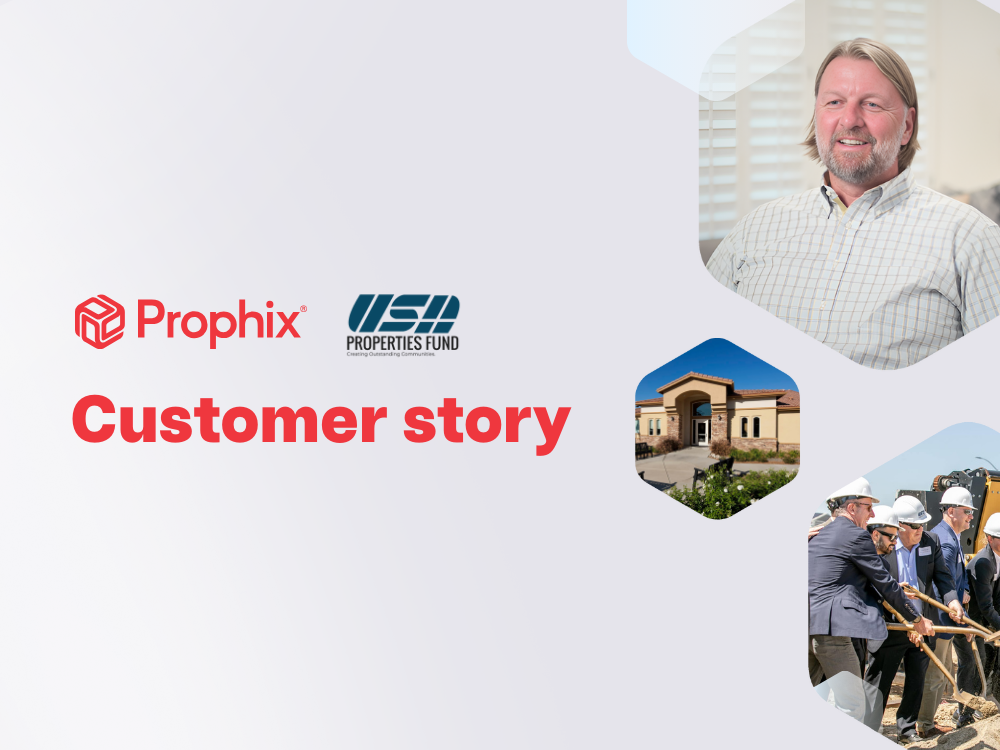Download het BPM Partners-whitepaper
The 7 best EPM software: Find the perfect fit for your team
Discover the best EPM software to give you and your team the insights to plan, track, and improve performance.
augustus 21, 2025The best EPM software gives finance teams the control they’ve been lacking. Yet more than half still rely on eight tools for planning and ten for reporting each quarter. That kind of setup only slows them down and makes quick decisions harder to pull off.
Enterprise performance management (EPM) software picks up where spreadsheets and disconnected tools leave off. With it, finance leaders can see when targets slip or costs rise. It’s how they stop reacting and start leading. Let’s look at the top EPM tools worth considering.
What is Enterprise Performance Management software?
Enterprise performance management software brings financial and operational data into one system. It helps businesses plan, track, and improve performance across teams.
Unlike enterprise resource planning (ERP) systems that handle day-to-day transactions, EPM focuses on the bigger picture. It helps finance teams:
- Finish reports faster and keep forecasts up to date
- Try out “what if” plans before making big moves
- Plan budgets better and use resources wisely
- Check key numbers and see if goals are being met
CFOs rely on EPM to connect daily operations with long-term goals. It helps them see what’s working, what’s not, and where to adjust.
That’s why demand for EPM is growing. As businesses look for smarter, faster ways to plan, the global market could reach $11.23 billion by 2030.
7 best EPM software
The best EPM software keeps planning in step with company priorities. It gives finance teams the oversight they need to control spend across departments and adjust forecasts when numbers start to shift.
In the list below, you’ll find what each platform does well, who it’s built for, and where it might fall short. If you need something that’s easy to use but still powerful, you’ll find solid options here
1. Prophix One
Prophix One, a Financial Performance Platform, is a cloud-based EPM platform built for finance teams that want control without relying on IT.
As FP&A software, it brings budgeting, forecasting, reporting, and planning into one simple system. It helps teams move away from spreadsheets, speed up approvals, and automate repetitive tasks.
Everyone works from the same data in real time, so finance, ops, and leadership can make faster, more confident decisions. And as the business grows, Prophix One grows with it, without making things more complicated.
Best for: Mid-market businesses that want fast results and flexible, finance-led planning
Strengths:
- Clean interface that’s easy to use
- Strong forecasting and modelling tools
- Built-in AI and automation to save time
- Workflow support for faster close
- Reliable ERP and CRM integration
- Scales across departments and entities
- Excellent onboarding and customer support
Limitations:
- Advanced features have a learning curve
Bottom line: Prophix One stands out for giving finance teams real ownership of their planning process and improving financial performance management. It offers the structure teams need without locking them into rigid workflows. For companies that want more agility without sacrificing control, it’s a strong long-term solution.
2. Oracle Cloud EPM
Oracle Cloud EPM brings advanced planning, reporting, and modelling into one system. With Smart View, teams can pull live data straight into Excel, Word, or PowerPoint.
The system fits best when you’re already in the Oracle ecosystem. Just know it takes time to implement and usually needs expert support to get it right.
Strengths
- Deep consolidation and modelling tools
- Built-in Office integration
- Scales easily for global use
Limitations
- Longer implementation and training
- High cost
- Less flexible if you're not using Oracle tools
Bottom line: Great for companies that need serious capability and can invest the time and resources to use it fully.
3. Anaplan
Anaplan supports connected planning across finance, sales, and operations. Teams can build shared models and work with real-time data. While it's flexible and great for collaboration, it takes time and internal resources to manage.
Best for: Businesses that need agile, cross-functional planning
Strengths:
- Real-time modelling across departments
- Strong collaboration features
- Scales well
Limitations:
- Complex setup
- Often needs a dedicated team
Bottom line: Anaplan fits companies that want to unify planning and are ready to support the setup internally.
4. Workday Adaptive Planning
Workday Adaptive Planning makes budgeting, forecasting, and reporting simple. Teams can get started quickly thanks to its user-friendly interface. It handles most planning needs well but isn’t built for deep consolidations.
Best for: Mid-sized and large businesses seeking fast, flexible tools
Strengths:
- Quick to launch and use
- Strong visual dashboards
- Built for business users
Limitations:
- Limited consolidation capabilities
- May not suit layered org structures
Bottom line: A strong pick for finance teams that want speed and simplicity over deep technical features.
5. OneStream
OneStream combines planning, consolidation, and reporting in one enterprise-grade platform. It’s designed to replace legacy tools and unify financial processes. Setup takes time, and the platform may be more than smaller teams need.
Best for: Large organizations with complex finance needs
Strengths:
- Powerful consolidation tools
- Strong controls and audit features
- Expandable via marketplace solutions
Limitations:
- Lengthy implementation
- Not ideal for lean teams
Bottom line: OneStream suits large enterprises that need deep control and tight financial integration.
6. Vena
Vena runs in the cloud but uses Excel as its interface. Teams keep familiar workflows but gain more structure and automation. It’s easy to learn, but it may not support global complexity or advanced reporting needs.
Best for: Teams that rely on Excel and want more structure
Strengths:
- Familiar interface
- Fast onboarding
- Good for everyday planning and reporting
Limitations:
- Lacks enterprise-level depth
- Fewer advanced analytics features
Bottom line: Vena is a practical step up from spreadsheets for growing teams.
7. Planful
Planful offers fast planning, forecasting, and reporting with built-in automation. It’s easy to roll out and maintain but doesn’t allow for deep customization.
Best for: Mid-market companies that want speed and simplicity
Strengths:
- Fast to deploy
- Useful automation tools
- Smooth ERP integration
Limitations:
- Less customization
- Not built for highly complex needs
Bottom line: Planful works well for teams that want to move quickly and avoid extra complexity.
How to choose EPM software
The best EPM software helps you see the change before it arrives. It doesn’t slow you down. But not every tool makes it that easy. Here’s what to keep in mind:
- Cloud-based deployment keeps things simple. It’s faster to set up and works well for hybrid teams. In 2024, 61% of new EPM systems were cloud-native. That’s clear proof that teams want tools that move as fast as they do.
- Strong data integration helps your systems talk to each other. Your EPM should connect with your ERP, CRM, and other tools so you're using the same data across reports, dashboards, and plans. Many teams still patch things together with spreadsheets, but proper data integration can reduce errors and manual burdens.
- Advanced planning features go a long way. Rolling forecasts, what-if scenarios, and driver-based planning help you adjust quickly.
- Automation and AI help reduce manual work and catch issues early. These features are gaining ground, with finance teams already using AI to speed things up.
- Speed to value means teams get impact without the long ramp-up. The best platforms start showing results in just a few months, while traditional systems can take much longer to pay off.
- Scalability keeps operations steady as you grow. Your EPM should handle more users, data, and regions without making things more complicated.
- Governance tools help you stay in control. Look for built-in checks, audit trails, and role-based access.
- Ease of use leads to better adoption. Finance should be able to take the lead, but other teams need to jump in too, without needing hours of training.
The right platform makes better planning easier now and gives you the room to grow.
Key benefits of EPM software for finance teams
In 2024, 44% of CFOs said increasing the use of tech to reduce costs was a top funding priority over the next year. The best EPM software fits squarely into that goal. Here’s what it brings to the table.
Catches problems early
EPM software gives leaders time to course-correct. Predictive analytics flag cash flow gaps, missed targets, and rising costs early, so finance can take action while there’s still time.
Breaks down silos
EPM tools connect financial and operational data. Want to know how a sales dip affects margins? Or how a hiring freeze shifts your forecast? EPM breaks it down and gives you clear answers fast.
Faster, more accurate reporting
Reporting also gets easier. Instead of merging spreadsheets, teams work from one system with real-time data. A rise in travel spending can trigger a quick budget review, while a supplier delay might highlight shifts in revenue timing. Everything stays connected, and finance can move faster.
Easier collaboration across teams
Collaboration improves, too. Sales, HR, and ops update plans directly, so finance gets what it needs without chasing updates or fixing broken files. Budgeting and planning are made easy with everyone working in the same system, using the same real-time data.
Advance your finance team with an EPM software that scales
Finance teams need tools that can grow with them. The best EPM software is built for that. From quicker budget reviews to fewer reporting errors, it makes it easier to stay nimble.
That’s why more finance teams are turning to EPM tools. In 2020, 61% used them regularly. By last year, that rose to 71%. Daily or weekly use also jumped from 29% to 42%.
This shift shows what teams are looking for in 2025. They need better visibility, stronger planning, and tighter control across departments, all in one system. CFOs are under pressure, and businesses are pushing for growth.
A scalable EPM platform like Prophix One gives finance teams the flexibility and speed they need to keep up.
Book a demo today
Inzichten voor de volgende generatie financiële leiders
Blijf voorop met actiegerichte financiële strategieën, tips, nieuws en trends.





